‘Call me dad’: Pregnant man takes birth drama to court
A Brisbane transgender man, pregnant with his second child, has launched a test case to be recognised as ‘father’ on both his sons’ birth certificates.
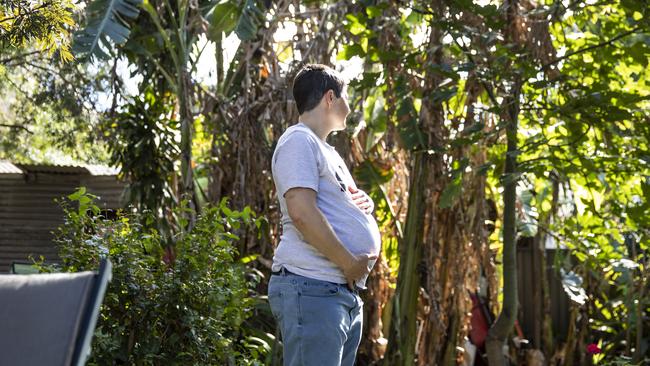
QWeekend
Don't miss out on the headlines from QWeekend. Followed categories will be added to My News.
Cradling a hot cuppa atop his very pregnant belly, Roy smiles shyly as he talks about how much he’s looking forward to becoming a father again.
Any day now, the single transgender dad will birth his second son and be raising two children under two years.
Almost on cue, 20-month-old Jack wakes from his three-hour midday nap and calls out. “He calls me ‘Dad’ but he also calls Grandpa ‘Dad’ and inanimate objects ‘Dad’,” Roy, 38, laughs as he introduces me to the bright-eyed munchkin who’s now on his lap, grinning cheekily across the kitchen table of their inner-Brisbane Queenslander.
“But, yeah, he knows who Dad is.”
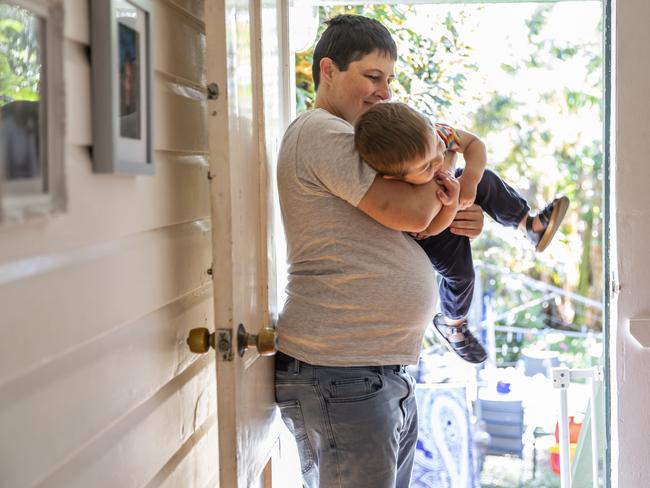
This is a role Roy – using pseudonyms to protect his family’s privacy – has been fighting nearly his son’s whole life to have legally recognised, launching what is believed to be only the second case of its kind in Queensland and the first to be made public.
Lawsuits and suicide: Shocking fallout of Drag Queen Storytime fiasco
A computer chose my baby: How AI created little Charlotte
Born with female anatomy, Roy has dressed in male clothes since he was nine, changed his name in his late teens, lived as a man since his mid-20s and had chest reconstruction surgery at 27.
Acknowledged as male in his everyday life – on his NSW birth certificate, on his change
of name certificate, on his driver’s licence, with government authorities such as Centrelink, at work and at home – official interpretation of Queensland laws still means Roy can only be listed as “mother” on his children’s birth certificates.
As gender diversity becomes more widely acknowledged in government and the community, health and legal sectors face increasing pressure to recognise that not all people who give birth identify as women and to update language, policies and procedures accordingly.
“Every family is different and this is just another different family,” Roy says. “I often have to assert myself as Jack’s father, because I often get read as mother. It’s a matter of being accepted by Jack, by my family and the community.”
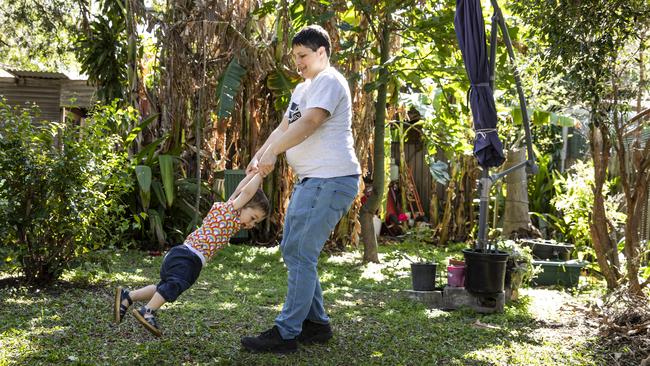
Roy always wanted a family but did not envisage carrying the child himself. He dreamt of having a baby with a partner at a younger age but it wasn’t to be. “My biological clock was ticking. I’d had a few relationships where we’d discussed kids but the relationships didn’t work out. I’ve just always wanted kids. It was about 13 years ago now that I first asked a good mate from uni to be a sperm donor for me and he said yes,” Roy says.
Jack was conceived with the first round of IVF and delivered in a water birth after a 10-hour labour in the Brisbane Mater Mothers’ Hospital – or at the “Mater Fathers”, as Roy quips. His second son was similarly conceived with the same friend – whom Jack knows as an uncle – and is due this month.
“I never had any desire to be pregnant myself – I just wanted a family – but then really surprisingly, I did enjoy being pregnant, looking pregnant.” Roy leans back in his chair and smirks. “Let me tell you about all the masculine aspects of pregnancy – male pattern fat distribution (to the stomach), you get more body hair, your libido goes up, your body temperature goes up, you fart more and you think your jokes are funny!”
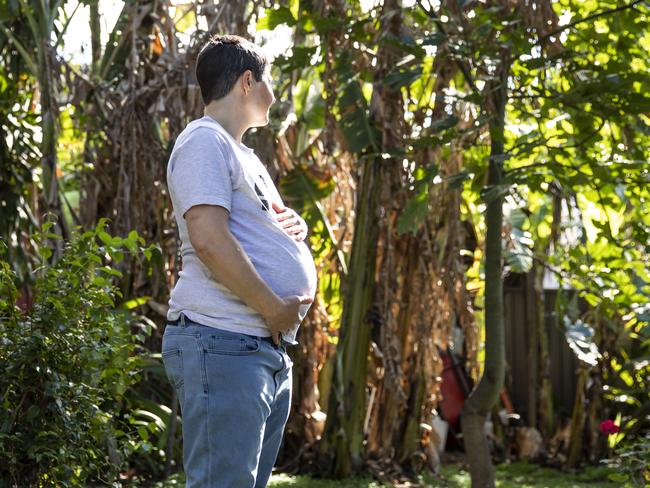
Roy moved back home with his parents, retired teachers in their 70s, and elder sister, 46, a teacher who has a disability, during his first pregnancy, for company and support and remains living there. His elder brother, 48, an accountant and plumber, lives with his family in Sydney. Space inside the cosy home is tight but the tree-lined backyard offers plenty of entertainment with a trampoline, sand pit, water play table and several bright yellow dump trucks. Jack’s favourite “jobs” are to clean the loo repeatedly, thanks to an obsession with the toilet brush, and feed the neighbour’s chooks every afternoon through a gate cut in the fence.
“I just knew I wanted Jack to have a sibling and I enjoyed being a parent, and I wanted that whole experience again,” Roy says. “My body feels older and doesn’t feel great, but I knew that was going to happen and the pregnancy is going great.”
Jack was bottle-fed donated breast milk for his first 15 weeks and Roy is hoping to do the same for his second son. While some transgender men are able to “chest feed” their babies, Roy’s chest reconstruction surgery ruled that out. He took testosterone intermittently in his 20s but did not like the combined emotional, mental and physical effects.
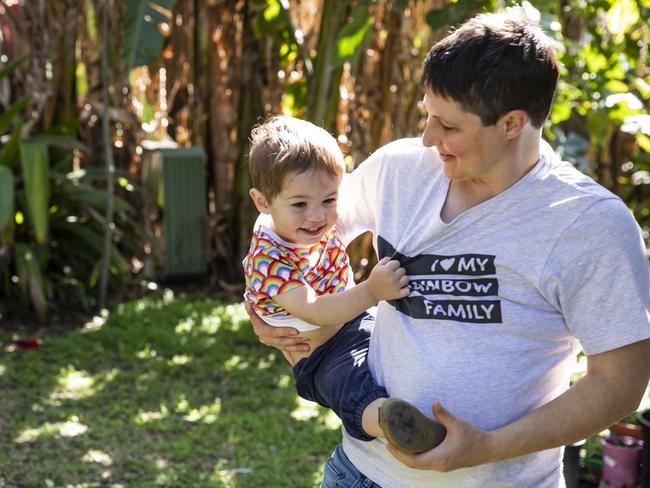
“I’m a bit different (to some trans men). If it was really important for everyone to perceive me as male, I could take testosterone and grow a beard. So long as I can be myself and everyone accepts me and calls me by my (male) pronouns, I’m happy,” says Roy, a keen sailor and gardener.
“The thing that is difficult with being pregnant is being misgendered more, having to fill out forms that are female-centric and any interaction with midwives – though I’ve got a good midwife who is very respectful – is that all their educational material, all their forms, all the language they use, is very much women’s.”
Roy spent months negotiating – backed by the Community and Public Sector Union and his workplace pride network – with his employer to update their parental leave processes to make the language used gender-neutral, referring to pregnancy leave rather than maternity leave, employee or pregnant employee rather than mother, breast/chest feeding rather than breast feeding. He has also written an article for the Australian Breastfeeding Association about his experiences with donor milk and the needs of trans men who give birth.
“(Pregnancy and childbirth) is a hyper-gendered space. I find that really difficult and my friends find that difficult, whether they’re transgender or not. They find it really hard to see all these stereotypical pictures of skinny, white mothers who are really feminine with long hair. That doesn’t fit them, the gendered language doesn’t fit them and their bodies.”
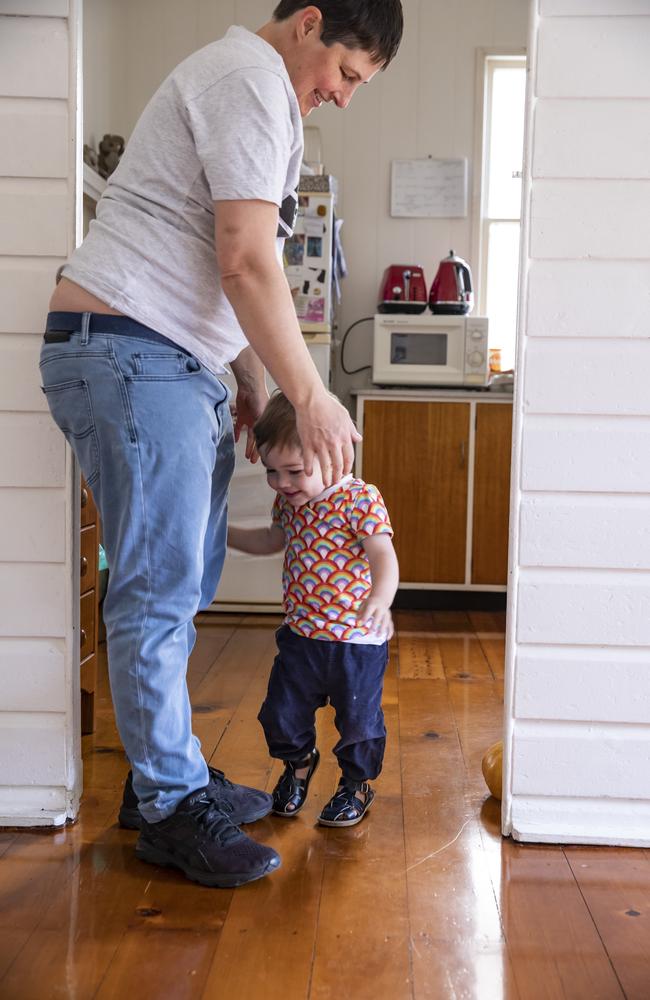
Registering Jack’s birth within the required 60 days was not as simple as filling out the Queensland Government’s online form. The only option offered was to identify as the birth mother, so Roy took his NSW birth certificate, change of name certificate, letter from his psychiatrist outlining his transgender identity and driver’s licence to the Registry of Births, Deaths & Marriages’ inner-city office, to no avail.
Represented by the LGBTI Legal Service, Roy appealed the decision before the Queensland Civil and Administrative Tribunal nearly 18 months ago, against the backdrop of the Queensland Government’s then freshly launched review of the Births, Deaths and Marriages Registration Act 2003.
Roy had hoped a decision would be made before his second son’s birth but a judgment has yet to be delivered and the government’s review – which includes discussion of incorporating gender-neutral terms into birth, adoption and death registers – is ongoing. Queensland law allows for opposite and same-sex parents to be listed as (birth) mother and parent. Other Australian states and territories allow parents to choose how they want to be described, for example mother/birth mother, father/birth father, or parent/co-parent.
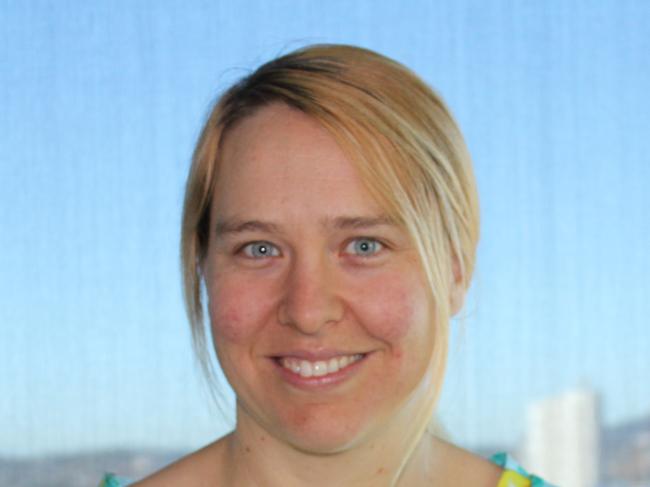
Various submissions in support of Queensland allowing these options argue reform would be in line with 2017 national marriage equality legislation and the Queensland law introduced the same year allowing people to change their gender marker on their birth certificate following sex reassignment surgery; as well as more accurately reflecting the diversity of modern families and supporting a child’s identity. Queensland is one of only three states (alongside WA and NSW) which requires transgender people to have reassignment surgery before they can change their gender on their birth certificate; something many cannot undergo due to a variety of health, religious, cultural and financial reasons. It can cost between $30,000 and $100,000, depending on the procedure.
“It’s really stressful. I had to take that birth certificate to Jack’s daycare and ask them to call me father, while on the certificate it says I’m mother. (The staff) were really good about it but it puts me in a really vulnerable position because I have to disclose that I’m transgender. Also I’m exposed to whether they want to accept what I’ve said about my identity or what a legal document says about my identity, so I feel really out of control,” Roy says.
“If they don’t want to respect my identity or my family, I don’t have any legal standing to defend myself.”
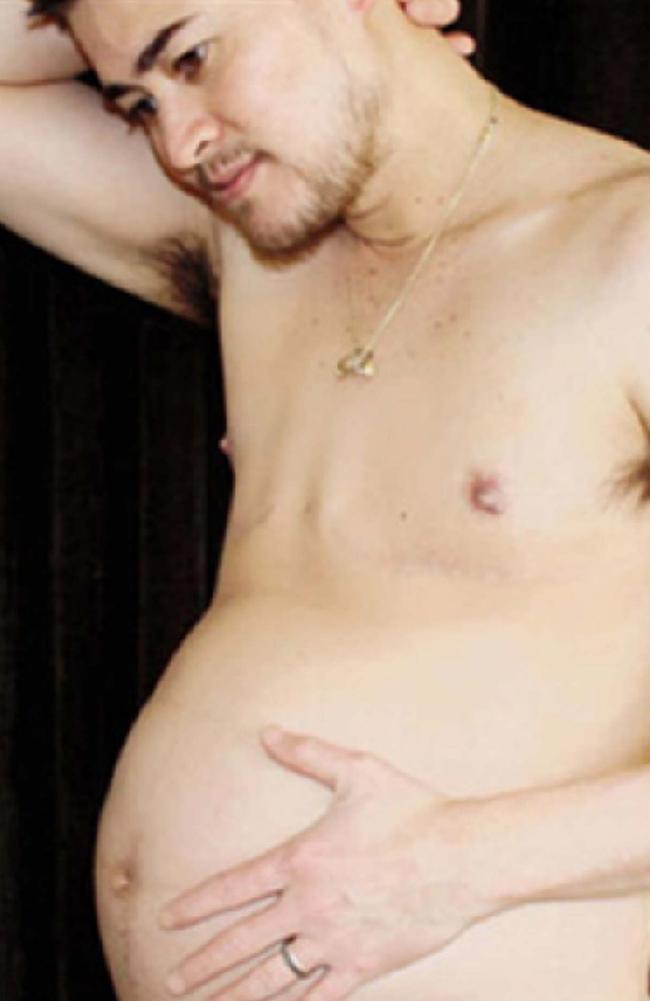
LGBTI Legal Service president Matilda Alexander declined to comment on the specifics of Roy’s case while it was before the court but says as more people identify as transgender, the number of legal issues – particularly around discrimination – was increasing.
According to the 2016 Census, 1260 Australians recorded an intentional and valid sex/gender diverse response – considered an under-reporting of gender diversity. Of these people, 26 per cent were “transgender”, 18 per cent were “another gender” and 17 per cent were “non-binary”. Medicare statistics reveal 479 men gave birth nationally in the past decade, of which 78 were in Queensland; of these 49 and six respectively were in the past year. American speaker, advocate and author Thomas Beatie was the first man in the world to give birth in 2008 and now has three children.
“(Roy’s) case is a good example of how we need to ensure equality at a structural level and, whether that is through law reform or bringing cases like this, we would champion the rights of trans people to a world where they are free of discrimination,” Alexander says.
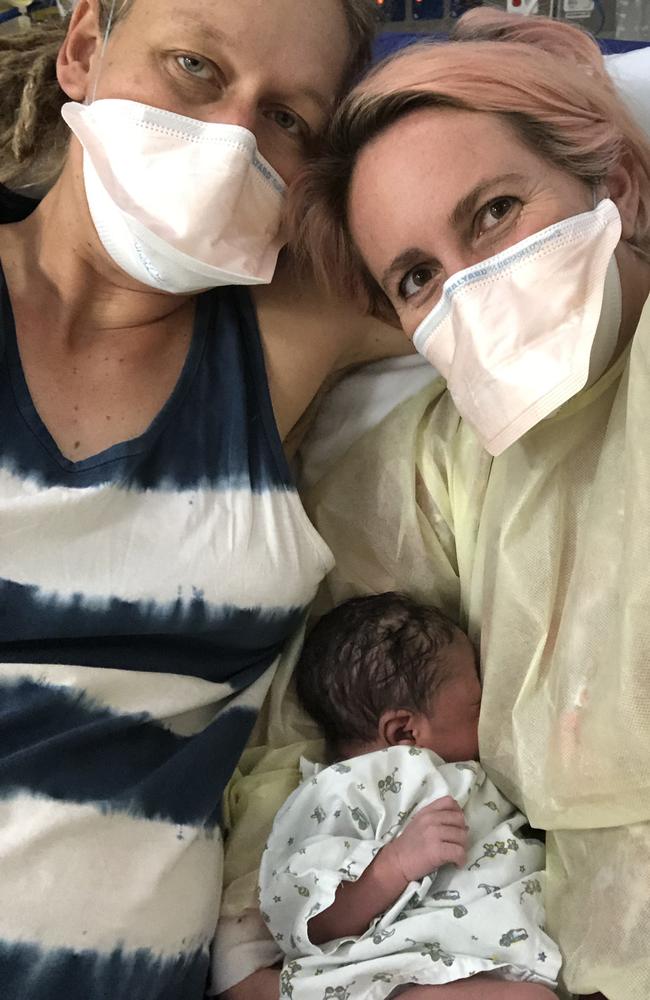
Holly Zwalf is intimately aware of the variety of issues facing transgender parents, both personally and as co-ordinator of Rainbow Families Queensland. Her partner, Maaike (surname withheld), 43, a transgender man, was the first parent to birth a COVID baby in the western world. He was nine months’ pregnant when he tested positive and required a multidisciplinary team of medical experts to ensure the safe delivery of the child back in March.
Even without the complications of the COVID diagnosis and quarantine, Zwalf, 39, knew their rainbow family would be the unconventional one in the birth suite.
Zwalf, from the Sunshine Coast, has a four-year-old child, conceived as a queer solo parent with donor sperm, while Maaike also conceived both his children, now five years and eight months respectively, using an anonymous donor. He began identifying as a trans man in the past two years but stopped taking testosterone for his second pregnancy and was able to “chest feed” after the birth. Maaike also wants to be registered as father on his youngest child’s birth certificate.
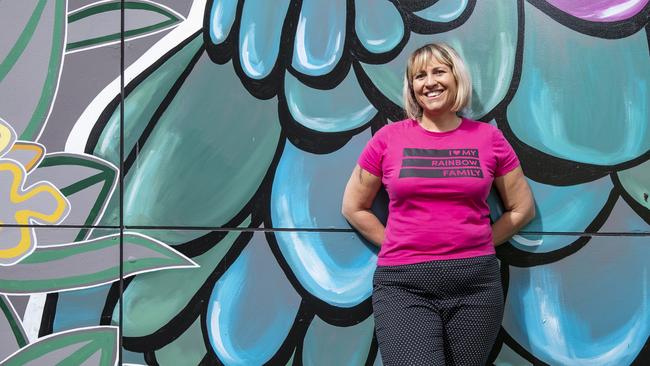
“Everything from the fertility clinics through to the birthing centres, through to the antenatal care and mothers’ groups; everything is geared towards women, so it’s a really huge issue for our trans parents,” Zwalf says. “When you give birth you go into the women and children’s ward, and if you’re a man, that’s really painful emotionally and really alienating. Giving birth is a really vulnerable time and if you’re going into a space where they’re using the wrong pronoun, you’re being mis-gendered, that can be really triggering for a lot of people.”
The Trans Pregnancy Project, an international study looking at trans and non-binary people’s experiences of pregnancy and childbirth, found parents – including Australian participants – were often fearful of registering their child’s birth but considered having their gender recorded appropriately on their child’s birth certificate a matter of basic dignity for themselves, and a matter of respect and safety for their child. Participants also wanted recognition women were not the only people to give birth, and they wanted equitable access to social and healthcare services.
“Definitely medical care is a key issue around doctors’ awareness of transgender men – correct pronouns to use, how to refer to the body, how to understand the men’s experiences. That experience of people not just understanding is a really key one and extends to things like antenatal care, playgroups, childcare centres; all of our participants spoke about lots of different places where people just didn’t understand them,’’ says Flinders University psychology professor Dr Damien Riggs, one of the project’s researchers.
Riggs – who has served as an expert witness in a Queensland court case for a birthing father wanting to be recognised as such, but declined to discuss the details – argues if someone is legally registered as a man, he should be able to claim the title “father”. Rainbow Families Queensland has produced a number of peri-natal and childcare resources designed to help midwives and maternity nurses, teachers and childcare workers support LGBTI+ families.
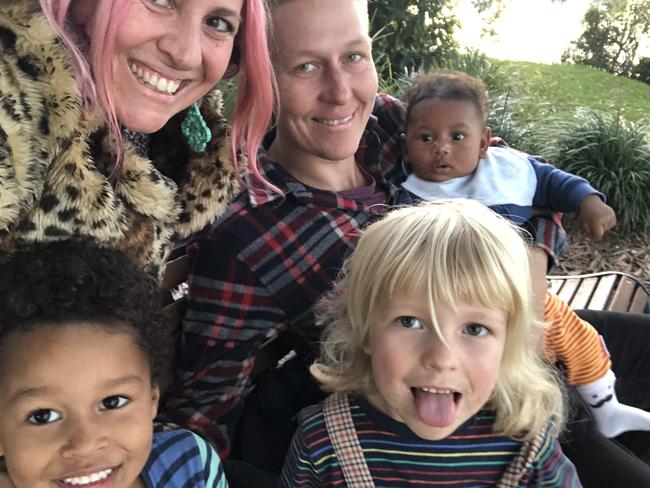
It also runs playgroups and family events to support community members. Zwalf warns Medicare statistics can be misleading as many trans men wait until after they’ve given birth to change their gender markers, because negotiating the health and legal system as a man can be so difficult.
Australian College of Midwives midwifery adviser Hilary Rorison says while it was now common to see lesbian couples in birthing suites, trans or A-gender parents were still relatively new.
Rorison says the organisation was constantly working to provide midwives with appropriate training and education to help all their patients. “I can see the challenge – even the term ‘midwifery’ means ‘with woman’, so people might find it triggering to come into a profession that traditionally deals with women. It’s about challenging perspective and our thinking to be more inclusive,” Rorison says.
“A lot of midwifery training is really about tailoring the care to the individual that you’re looking after, so you want to know about their cultural beliefs, what their values are, what’s important to them, so you can give the best care possible. Looking after someone from the trans community is just another step on from that.
“They’re letting you know what’s happening in their life, what they’re preferred pronoun is, and you just incorporate that into your care,” she says. “However you become a family, we’re all people, we all care about our children and we just want to do the best we can.’’
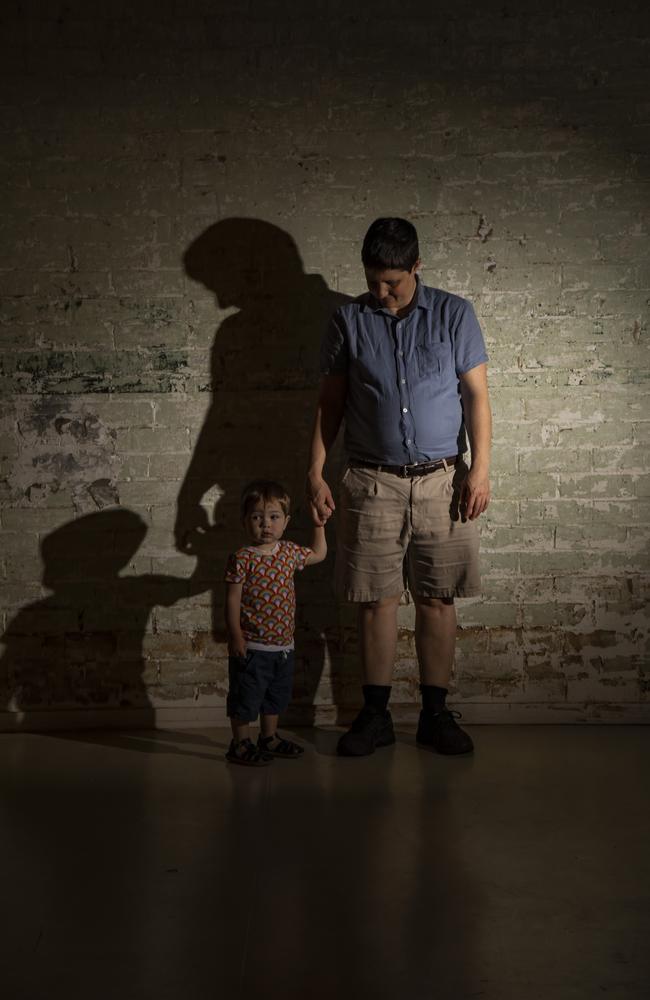
Change sets its own pace but babies still tend to arrive pretty much on schedule. Baby Jim – named for Roy’s paternal uncle, while Jack is named for Roy’s maternal grandfather – is due any day now.
Roy has been busy getting ready for his son’s arrival – securing breast milk supplies, planning a baby shower and trying to prepare Jack for the realities of being a big brother in between umpteenth readings of his favourite book, That’s Not My Koala.
“I talk to him about becoming a big brother all the time but I’m not sure he understands yet. Whenever I tell him, he just kind of slaps my belly,’’ laughs Roy. He’s not looking forward to even more nights of broken sleep but can’t wait to wear clothes that fit properly again. Whatever fits around his pregnant belly, tends to be too big everywhere else – “I got used to looking a bit ridiculous’’.
Days have been filled with work, visits with friends, trips to the playground and Rainbow Families Queensland’s playgroup as COVID-19 restrictions ease, and afternoons playing in the back yard.
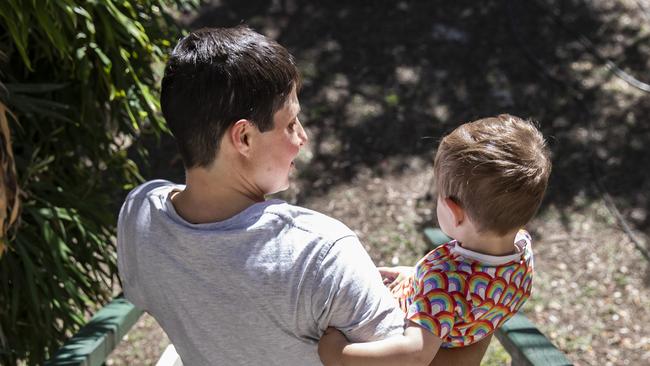
When both boys are a little older, he plans to have them baptised in the Catholic Church.
“I’d like to emphasise how important it is for me to have Rainbow Families’ playgroup, Drag Queen Storytime and other events so Jack (and Jim) grow up seeing our family as normal, and I get to see reflections of myself and experiences I can relate to,” says Roy.
“I love Jack (and Jim) to bits and I’m super-excited to be a dad, and feel very lucky, because not everyone who wants it can get it. It’s not perfect by any means, but I feel very lucky to have them.”
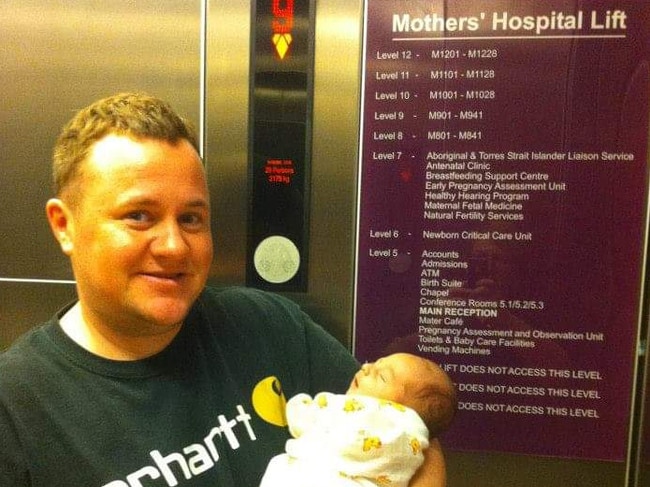
CASE OF MISTAKEN IDENTITY
Alex’s birth certificate has shown he’s a man in name since 2002 and in gender since 2007. Still, he is registered as ‘mother’ on his seven-year-old son’s birth certificate.
Alex, 44, a nurse in regional Queensland, was born in Tasmania but moved to Queensland in 2002, changing his name and starting hormone therapy to live as a transgender man. He had chest reconstruction surgery in 2004, officially changed his gender on his interstate birth certificate in 2007 and married his now ex-wife in 2009.
The couple started IVF soon after. Their only child was conceived with donor sperm and born a few weeks early via caesarean in the Brisbane Mater Mothers’ Hospital – or “Mater Others’” as Alex prefers – in October 2013. The little boy was formula fed and has a relationship with his donor and his family.
“I always wanted to have a family and this was basically the only way I could. It was very challenging because I’d been on testosterone for seven years and specialists weren’t really able to say if I’d be able to have a baby,’’ says Alex, who shares care of his son.
Alex found himself dissociating from his body as a way to maintain his identity, something he found difficult in the “pink and prescriptive pregnancy space” though he looked like “a beer-bellied dude”.
“Going to Queensland Ultrasounds for Women was pretty funny and there was an incident in hospital which was funny. I was sitting in the bed, my hairy chest out, and the tea lady came in. I asked for a cup of tea and she said, no, it’s only for patients. I said, I am a patient, and she came back with my cuppa and a second tea lady for support,’’ he laughs ruefully.
“When I went to Tasmania for a three-week holiday and baby shower midway through the pregnancy, I kicked my toe and needed an x-ray. The radiologist didn’t believe me when I said I was pregnant. It was a funny conversation.’’
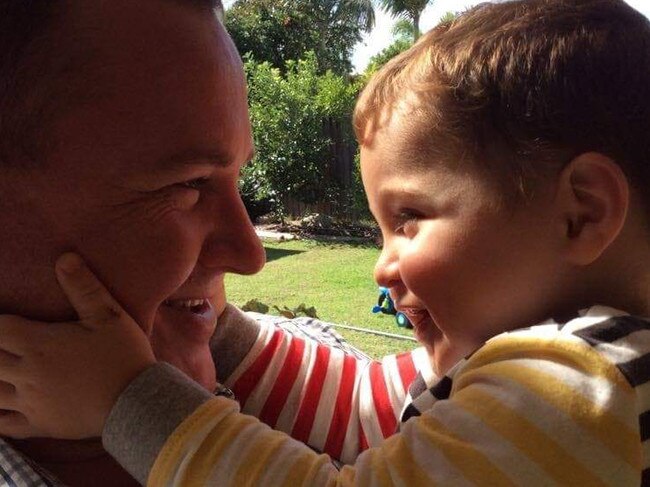
Alex says the Mater’s software would not allow him to be registered as a man and Queensland’s Births, Deaths & Marriage Registry deemed the person who gave birth to be ‘mother’.
“I am his biological mother and I am his father, and he has another biological male relative – his donor. I’m glad the law is catching up to the reality of male pregnancy and I may consider changing [my son’s] birth certificate in the future,’’ he says.
“Some women find it difficult to hear me talk about pregnancy, like it’s a female club or something, and I tend to avoid it in conversation. It challenges people’s perception of you as a man … but, well, that’s only way I could have a child.
“People ask, why would you do that? And I say, well, why does anyone want children? I’m just human. [My son] is not the product of a heterosexual love story but there is value in the kindness the donor showed, the determination I showed and all these things are about his conception. I’m proud of my journey to fatherhood and my pregnancy experience.
“I just hope [my son] knows he is loved and he can do anything; if he wants something he should go for it.’’

